The operating principle of the Geiger Counter
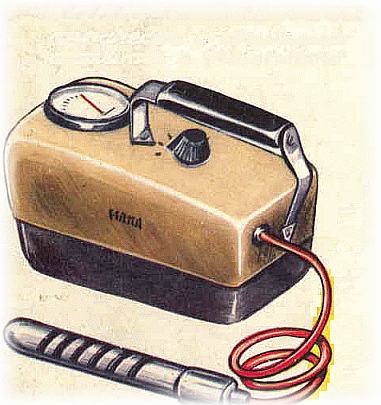
The Geiger counter is the most popular tool for detecting radioactivity. Its operation is based on the principle of the Geiger Muller tube which was invented in 1913 by Hans Wilhelm Geiger and then later improved by Walther Müller
The Geiger Muller detector tube is the sensor for measuring ionizing radiation: Alfa, Beta e Gamma. that we install in ours Geiger counter high performance series “Guardian Ray”. Various sensitivity models are constructed, different precision and costs, but its primary function is always to count the number of radioactive particles that pass through it in a certain interval of time.
The Geiger tube works like an ion drift chamber.
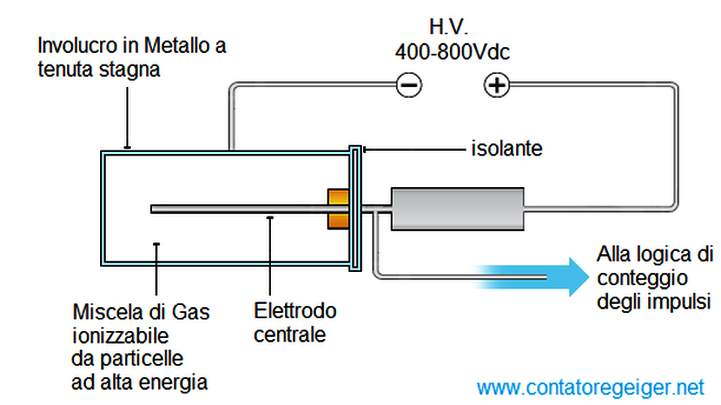
This sensor exploits the physical principle of the ion drift chamber whose working point is intentionally set at a relatively high voltage value, which to tell the truth is slightly lower than what would instead cause the total ionization of the gas.
Therefore, favorable conditions have been created so that even further ionization produced by the passage of ionizing radiation in the gas no longer has to depend on the energy released by the radiation itself..
As a result, the resulting electric field to which the gas is subjected is then so intense that even the secondary ionizations created by the passage of the radioactive particles will generate further ionizations.
This phenomenon is called by physics “avalanche multiplication”, and manifests itself with a resulting electrical impulse due to the sudden change in state of the gas which from a perfect insulator becomes for a brief instant a conductor of electric charges..
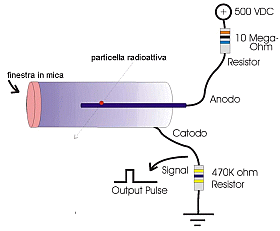
The gas mixture contained in the Geiger tube is ionized by applying it to the electrodes of the probe itself, an electrical voltage high enough to generate a pre-discharge state.
As a consequence, the ionization level will be a little below the critical value which would instead cause the continuous conduction of its internal gas with a self-sustained electrical discharge.
On the other hand, if the appropriate conditions occur, the gas contained in the Geiger tube itself will be able to conduct the electric current only for very short moments., from the moment it is hit by ionizing radiation.
So that the discharge in the gas a triggered muzzle can go out very quickly, this is mixed with halogens and alcohol vapors which contribute to the function of “quencing”.
A high Electric field is applied to the Geiger tube
The so-called pre-bias voltage is not applied directly to the Geiger tube, but a resistance of very high ohmic value is interposed in series, of the order of several megohms.
This resistor basically serves to facilitate the extinction of the electric discharge in the gas after it has been crossed by an ionizing particle.
In the Geiger Muller tube there are therefore two electrodes, the resulting cathode is generally connected to the negative pole of the battery and therefore to the metal or metallized wall of the tube.
Instead the anode is a central collector, electrically isolated from the tube wall and subjected to a positive direct voltage of the order of 400 – 800V.
On the other hand, the value of the applied voltage necessary to reach the linear response zone of the tube (PLATEAU), It depends not only on the dimensional characteristics of the Geiger tube but also on the physical properties of the gas.
This voltage must absolutely be slightly lower than what continuous conduction would cause, and consequently the electric discharge in the gas due to the avalanche effect.
Therefore the electric field thus generated inside the detection device looks like this “pronto” to trigger an avalanche of electric current as soon as even a single pair of ions forms in the gas due to the radiation hitting it.
The actual sensitivity, it depends directly as well as on the applied voltage, also by size, in fact, the larger the tube, the larger the active surface is capable of receiving and therefore counting ionizing radiation with greater consistency.
Every time an energy-charged particle passes through and ionizes the gas present in the Geiger Muller tube,as a consequence, a micro electric discharge is triggered for a few microseconds which causes a small current to flow between the two power supply terminals.
The power supply voltage is applied by interposing a high-value resistor in series with the sensor power supply circuit.
So it happens that between the terminals of the Geiger tube, due to the voltage drop due to the electric discharge in the gas, a negative impulse is generated with an amplitude of approximately 5/10 volts with a duration ( of approximately 50/100 microseconds).
The ionization of the gas molecules produced by any ionizing particle passing through it would add to the already significant electric field associated with the high potential difference applied on the terminals of the Geiger counter tube
The resulting impulse does not depend on the energy released by the impacting particle, and therefore by the number of ion pairs produced.
Indeed, when it passes through the meter tube and hits the gas, one of its molecules ionizes, creating an ion-electron pair. But in these devices the collected charge is independent of the primary ionization.
The best Geiger counters made in Italy, True Italian excellence.
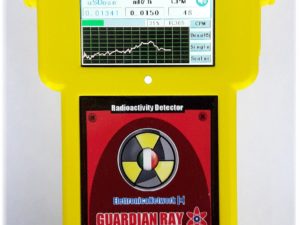
Guardian Ray Smart 2.8p Professional Geiger Counter with WiFi, Bluetooth, microSD, Touch Color LCD and Pancake probe.
€1.259,00Add to cart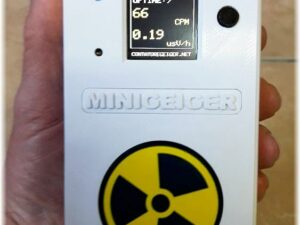
Contatore Geiger MINIGEIGER 7317 con sonda Pancake
€959,00 – €1.590,00Select options- Sale!

Micro Geiger – Contatore Geiger per Smartphone Android
€350,00Original price was: €350,00.€330,00Current price is: €330,00.Add to cart 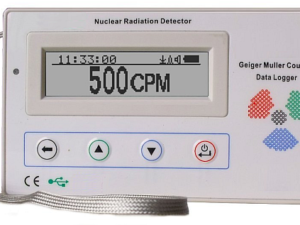
GMC 300E PLUS Economic Geiger Counter
€159,00Read more
Leave a Reply Cancel reply
You must be logged in to post a comment.
